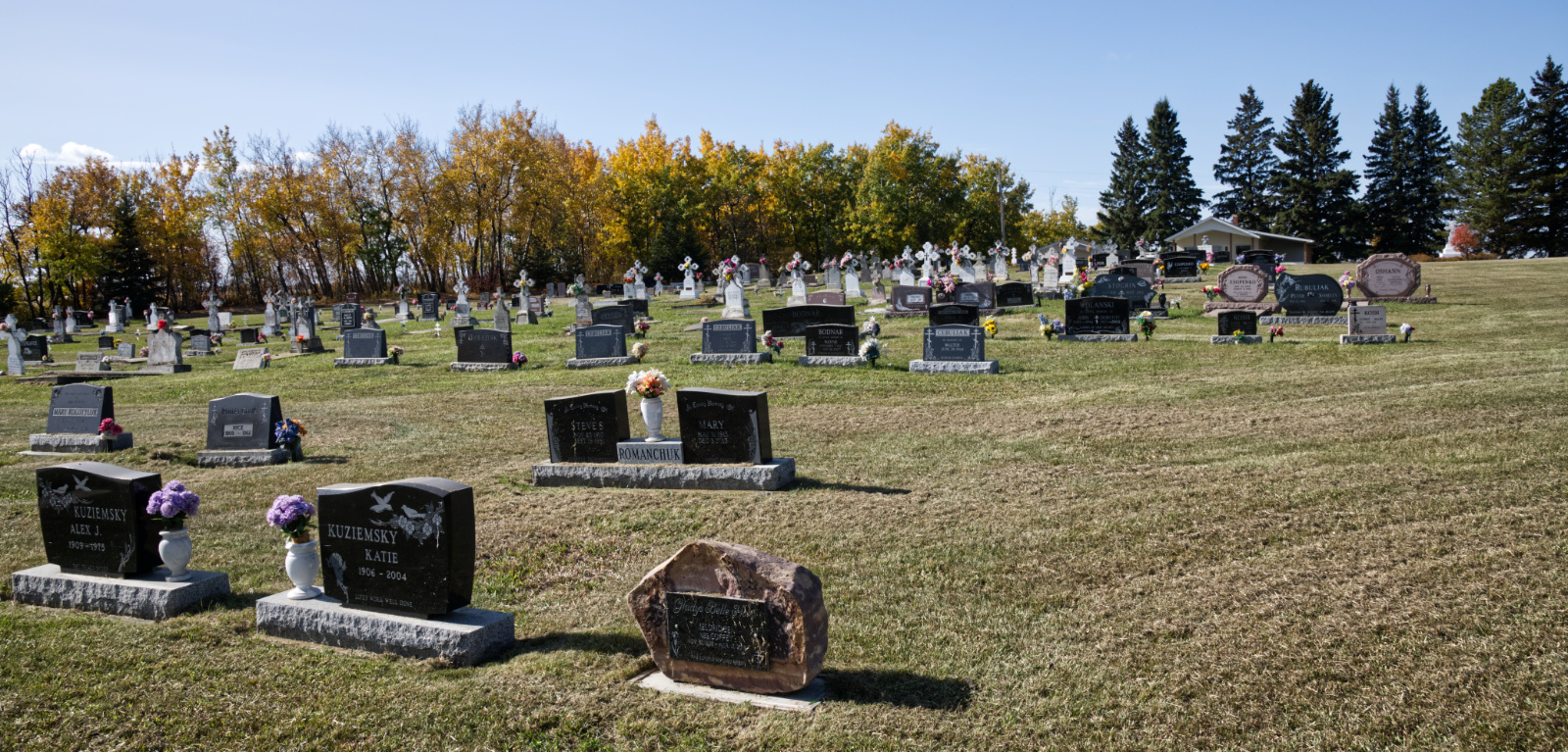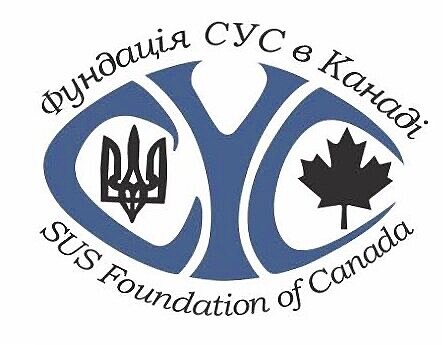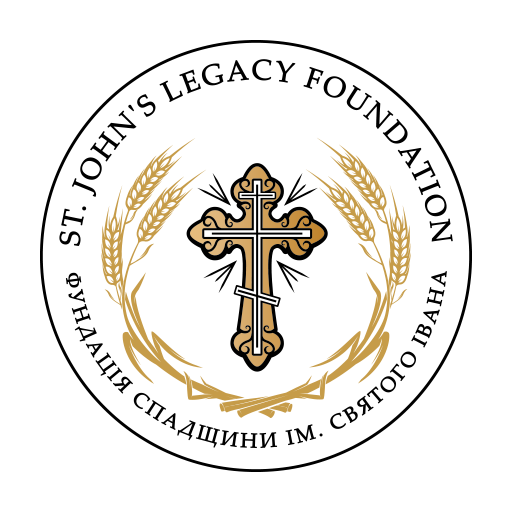In1902, construction began under the lead carpenter, Ivan Staharuk. When the building was partially constructed, it was understood that the site was wrong for a Temple. This occurred because everything was yet in flux, and the land was properly surveyed only after the beginning of work. It could by then be seen that the property was in the middle of a section of land, nearly 1 kilometre from any road, and that the Temple and cemetery would be on 2 different quarters of land. Construction stopped. Then 4.5 hectares (11 acres) of land were purchased from the Hudson's Bay Company (2.4 km/1.5 mi to the south-west of the original property).
After the property was properly surveyed, the materials were hauled to the new site, and Stefan Kolotyluk and Diordy Chahley led the fresh construction for $1.25 each per day. Gregory Bolichowski, a blacksmith, shaped the iron Crosses that were placed upon the domes.
The exterior of the Temple of Saint Elias was completed in 1904. The interior was finished and painted by Nickolai Woycenko in the late summer of 1905. A bell-house was built by Ivan Staharuk in 1906. Two bells were installed, which had been imported at a cost of $170.00. Various other parishioners donated banners, icons, Crosses, and other articles for the celebration of Orthodox Christian liturgical services. This was the first Russo-Greek Orthodox Temple in Alberta to be constructed on the north side of the North Saskatchewan River.
On 6 August, 1906, the Temple was sanctified and dedicated to the Prophet Elias. It is the oral tradition of the parish that the Temple was sanctified by a bishop. There is documentation at Saint Tikhon's Monastery to indicate that this bishop was most probably Bishop Tikhon, which thus confirms the oral tradition. At that time, in fact, there was no other bishop who could have done this. Thus, the community became a part of the Diocese of North America and the Aleutians.
Nevertheless, Bishop Tikhon did assign the Hieromonk Visarion (Shestakov) (†1911), a missionary of the Russian Orthodox Church, to be its first priest. He served the parish for a time, and also the Holy Trinity Parish in Smoky Lake. He then returned to New York City, where he fell asleep in the Lord in 1911.
In 1908, a parsonage and a barn were constructed, and a well for the home was dug. In 1947-1948, the Temple was thoroughly renovated, both inside and out, by William Skladan of Andrew, Alberta. The exterior of the Temple had red brick siding added to it.
Then, on 7 January, 1954, during a Christmas Day service, the Temple caught fire. Nothing could be done to save the building, but most of its contents were saved. The cause of the fire was not clearly determined, although it was speculated that a beehive in a chimney could have been the cause.
Immediately following, funds were raised to build another Temple. Parishioners went carolling in order to begin the collection. An annual raffle and bingo event became a consistent fundraiser. Work started on the construction straight away in the summer of 1954. John Mnohility was the lead carpenter. The iconostas was carved by Peter Chetek, a member of the parish. Some of the articles which had been damaged by smoke were replaced. Many articles were contributed in the reconstruction. A new Holy Shroud, icons, banners, a chandelier, and Crosses were offered by parishioners.
For practical reasons, from 1965, the parish came to be served by the clergy of the Moscow Patriarchate Parishes of the Russian Orthodox Church in Canada. The main reason for the move was the shortage of clergy at that time in the "Metropolia", and Edmonton had a resident Moscow Patriarchate bishop, Archbishop Panteleimon (Rudyk).
In 1993, along with some other parishes in the area, the parishioners agreed to return from their affiliation with the Patriarchal Parishes of the Russian Orthodox Church in Canada, to the Archdiocese of Canada (The Orthodox Church in America). Since then, the parish has been served by OCA clergy.
In 2023, there are approximately 343 known graves in the parish cemetery. The first burial was that of a 17-year-old youth, Elia Kozma (son of Gora and Anna Kozma). Government records indicated that a large number of burials at Saint Elias Cemetery no longer have markers. Many of these were of children who died during the "Spanish Influenza" in 1918-1919. Many wooden Crosses, grave-markers, were destroyed by a grass fire of unknown cause at an unknown date.
Go HERE for more information and history of this parish.


Play Memory Eternal Chants
Visit this Cemetery
GPS Co-ordinates: 54.035235, -112.422061
Affiliation: Orthodox Church in America





